PPT-Goodnight Moon &
Author : tatyana-admore | Published Date : 2019-11-06
Goodnight Moon amp Runaway Bunny Mermaid Theatre of Nova Scotia McAninch Arts Center SchoolStage Series Mermaid Theatre of Nova Scotia PUPPETRY Mermaid Theatre
Presentation Embed Code
Download Presentation
Download Presentation The PPT/PDF document "Goodnight Moon &" is the property of its rightful owner. Permission is granted to download and print the materials on this website for personal, non-commercial use only, and to display it on your personal computer provided you do not modify the materials and that you retain all copyright notices contained in the materials. By downloading content from our website, you accept the terms of this agreement.
Goodnight Moon &: Transcript
Download Rules Of Document
"Goodnight Moon &"The content belongs to its owner. You may download and print it for personal use, without modification, and keep all copyright notices. By downloading, you agree to these terms.
Related Documents

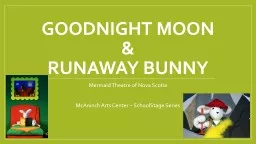
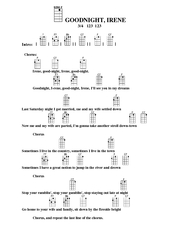
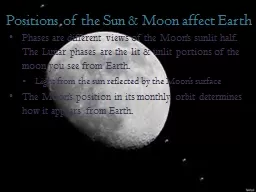

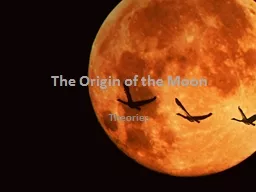
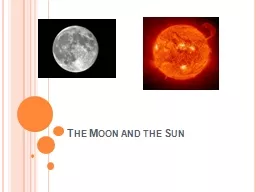
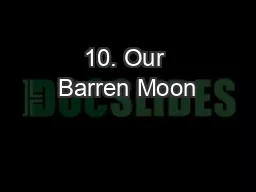
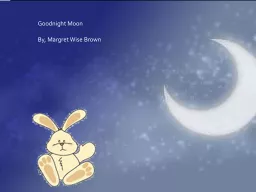
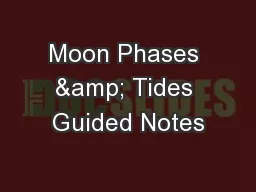
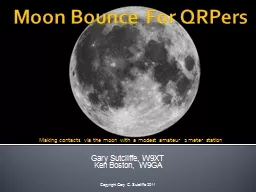

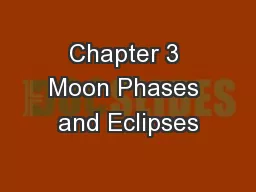
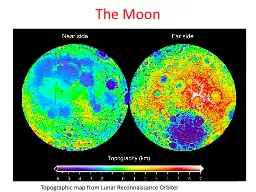
![[DOWNLOAD] - Goodnight Dorm Room: All the Advice I Wish I Got Before Going to College](https://thumbs.docslides.com/906736/download-goodnight-dorm-room-all-the-advice-i-wish-i-got-before-going-to-college.jpg)